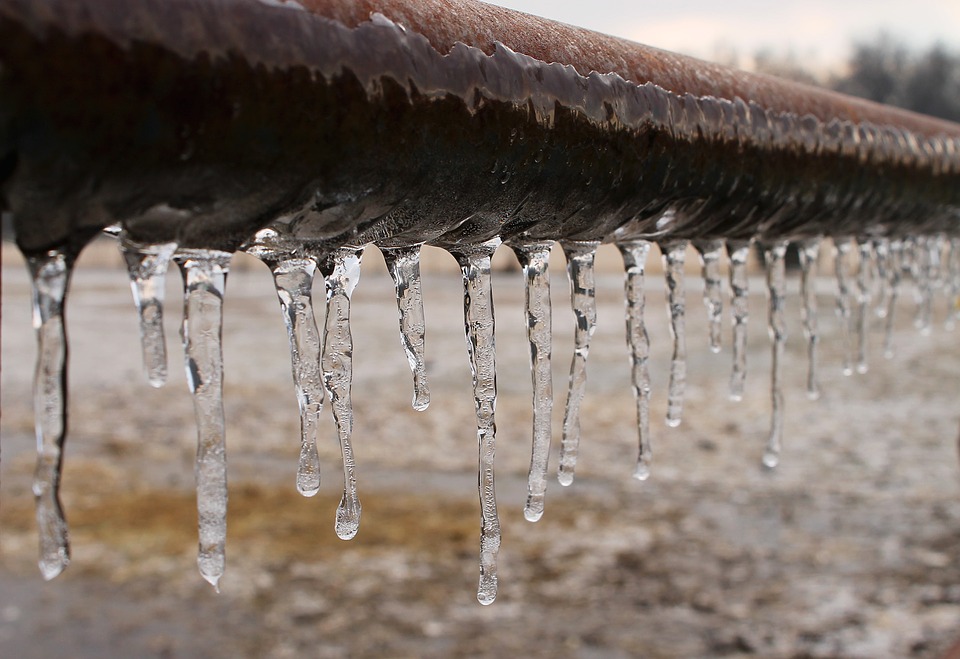What're your thoughts with regards to Prevent Frozen Pipes ?

Cold weather can ruin your pipes, specifically by freezing pipelines. Right here's how to avoid it from happening and what to do if it does.
Introduction
As temperatures decline, the danger of frozen pipelines increases, possibly bring about pricey repair work and water damages. Recognizing how to stop frozen pipes is essential for home owners in chilly climates.
Prevention Tips
Protecting vulnerable pipes
Wrap pipelines in insulation sleeves or utilize heat tape to shield them from freezing temperature levels. Concentrate on pipes in unheated or exterior locations of the home.
Home heating strategies
Keep indoor spaces sufficiently heated, specifically areas with pipes. Open up cabinet doors to permit warm air to circulate around pipelines under sinks.
How to determine frozen pipelines
Try to find lowered water flow from taps, unusual odors or sounds from pipelines, and noticeable frost on subjected pipes.
Long-Term Solutions
Architectural adjustments
Consider rerouting pipes far from exterior walls or unheated areas. Include additional insulation to attics, basements, and crawl spaces.
Updating insulation
Invest in premium insulation for pipelines, attics, and wall surfaces. Appropriate insulation aids preserve constant temperatures and lowers the danger of icy pipelines.
Shielding Exterior Plumbing
Garden pipes and outdoor faucets
Detach and drain yard hoses prior to winter season. Mount frost-proof faucets or cover outside taps with shielded caps.
Comprehending Frozen Pipes
What causes pipes to freeze?
Pipelines ice up when revealed to temperature levels listed below 32 ° F (0 ° C) for prolonged periods. As water inside the pipes ices up, it broadens, putting pressure on the pipeline walls and possibly triggering them to burst.
Threats and problems
Icy pipelines can cause water disruptions, residential or commercial property damages, and pricey repair services. Burst pipelines can flooding homes and cause comprehensive architectural damages.
Signs of Frozen Pipes
Recognizing icy pipes early can stop them from breaking.
What to Do If Your Pipes Freeze
Immediate actions to take
If you believe icy pipes, maintain taps available to alleviate stress as the ice melts. Utilize a hairdryer or towels taken in warm water to thaw pipelines gradually.
Verdict
Stopping icy pipelines requires positive actions and quick responses. By recognizing the reasons, indicators, and safety nets, property owners can safeguard their plumbing throughout cold weather.
5 Ways to Prevent Frozen Pipes
Drain Outdoor Faucets and Disconnect Hoses
First, close the shut-off valve that controls the flow of water in the pipe to your outdoor faucet. Then, head outside to disconnect and drain your hose and open the outdoor faucet to allow the water to completely drain out of the line. Turn off the faucet when done. Finally, head back to the shut-off valve and drain the remaining water inside the pipe into a bucket or container. Additionally, if you have a home irrigation system, you should consider hiring an expert to clear the system of water each year.
Insulate Pipes
One of the best and most cost-effective methods for preventing frozen water pipes is to wrap your pipes with insulation. This is especially important for areas in your home that aren’t exposed to heat, such as an attic. We suggest using foam sleeves, which can typically be found at your local hardware store.
Keep Heat Running at 65
Your pipes are located inside your walls, and the temperature there is much colder than the rest of the house. To prevent your pipes from freezing, The Insurance Information Institute suggests that you keep your home heated to at least 65 degrees, even when traveling. You may want to invest in smart devices that can keep an eye on the temperature in your home while you’re away.
Leave Water Dripping
Moving water — even a small trickle — can prevent ice from forming inside your pipes. When freezing temps are imminent, start a drip of water from all faucets that serve exposed pipes. Leaving a few faucets running will also help relieve pressure inside the pipes and help prevent a rupture if the water inside freezes.
Open Cupboard Doors
Warm your kitchen and bathroom pipes by opening cupboards and vanities. You should also leave your interior doors ajar to help warm air circulate evenly throughout your home.

I was shown that write-up about How to prepare your home plumbing for winter weather through an acquaintance on our other site. Do you know about someone else who is serious about the niche? Please feel free to promote it. Thank you for going through it.
Call